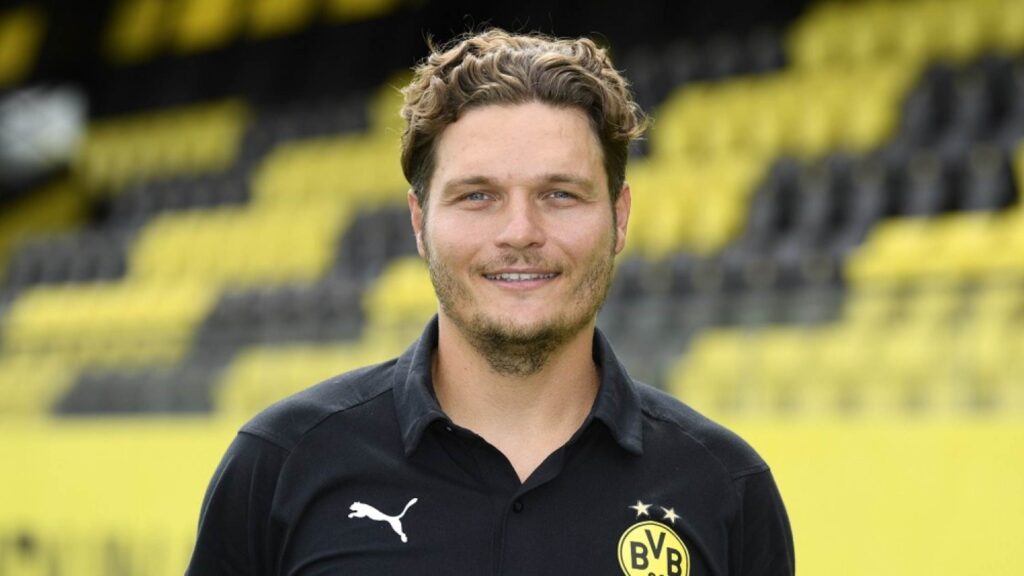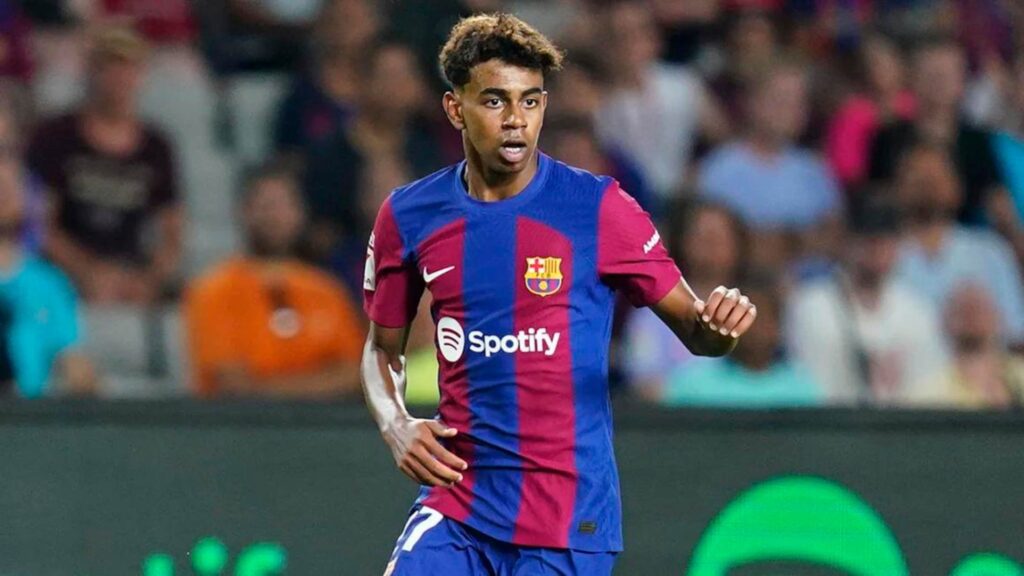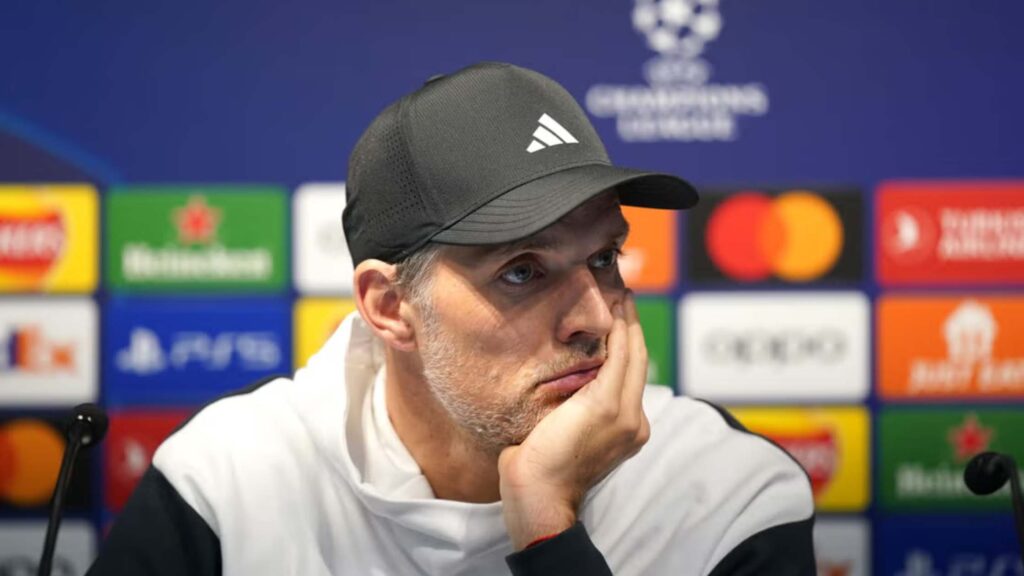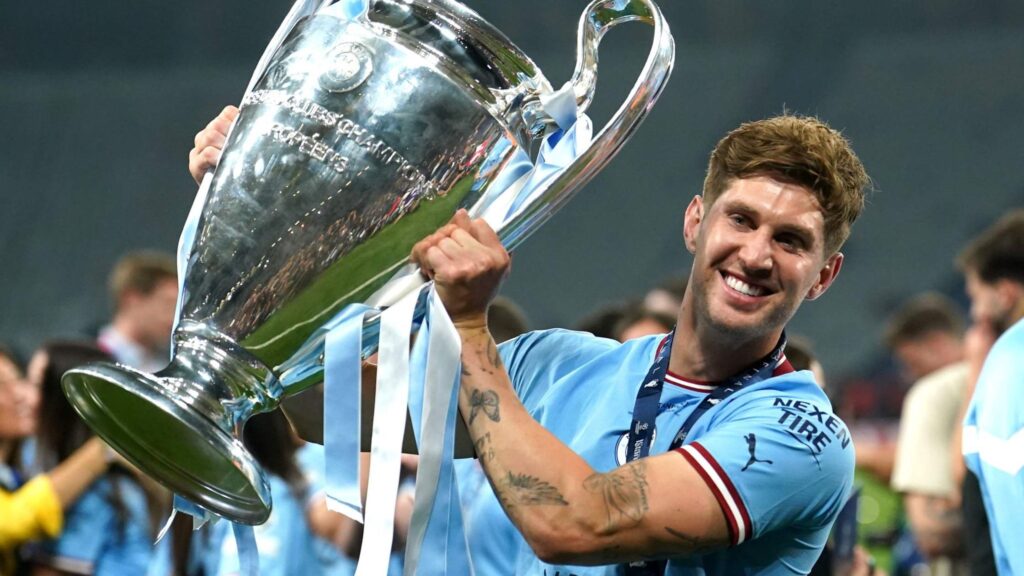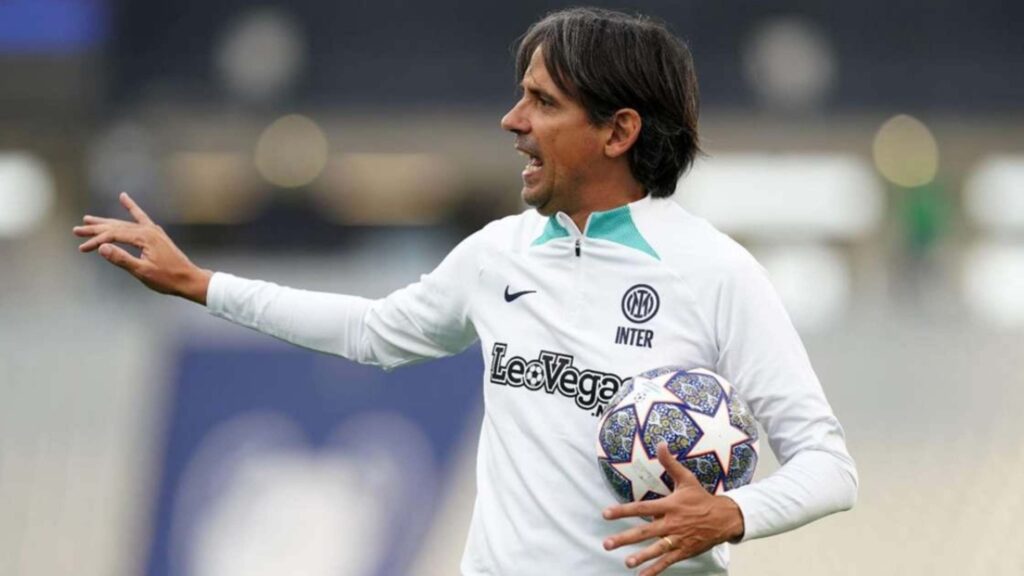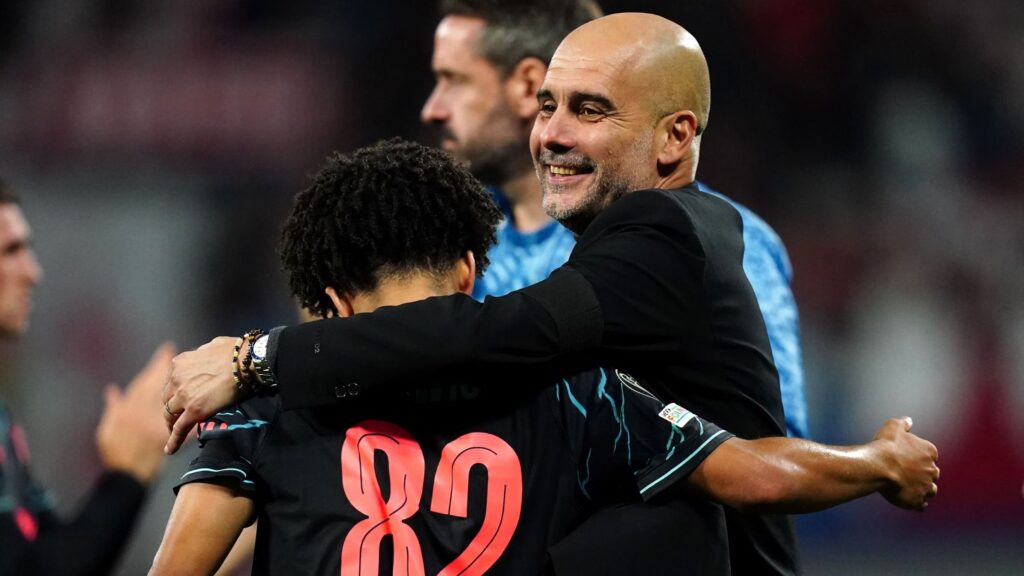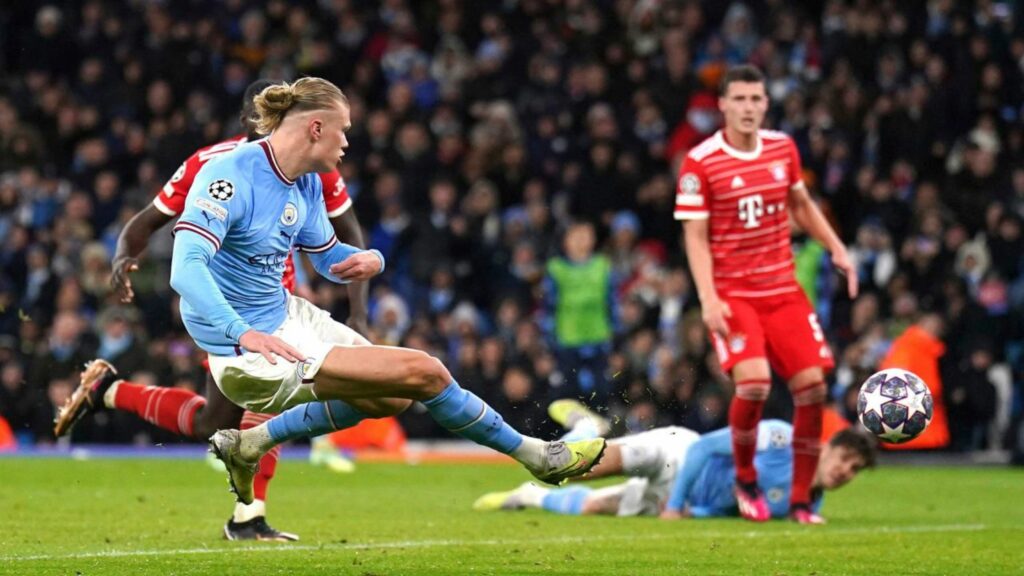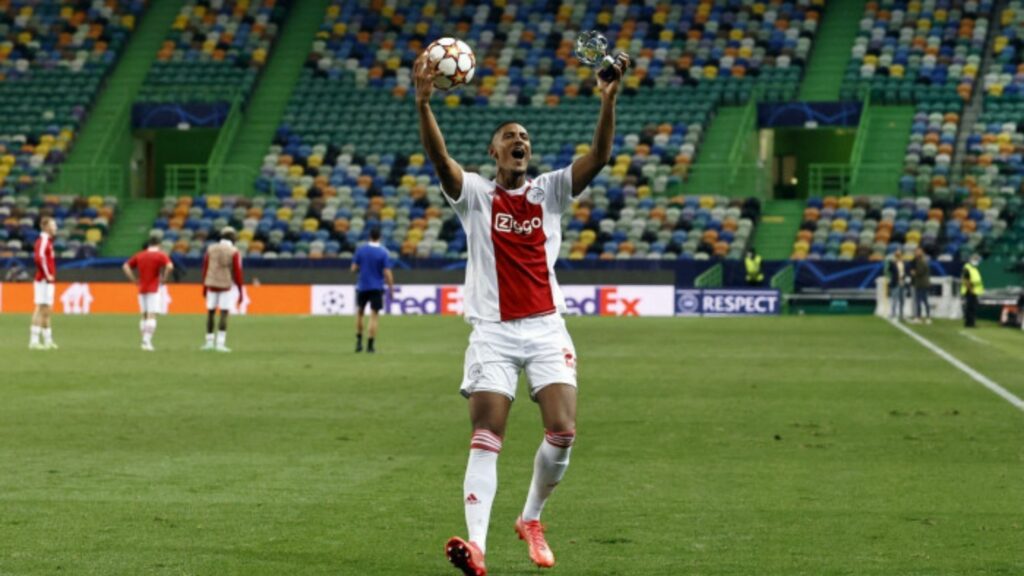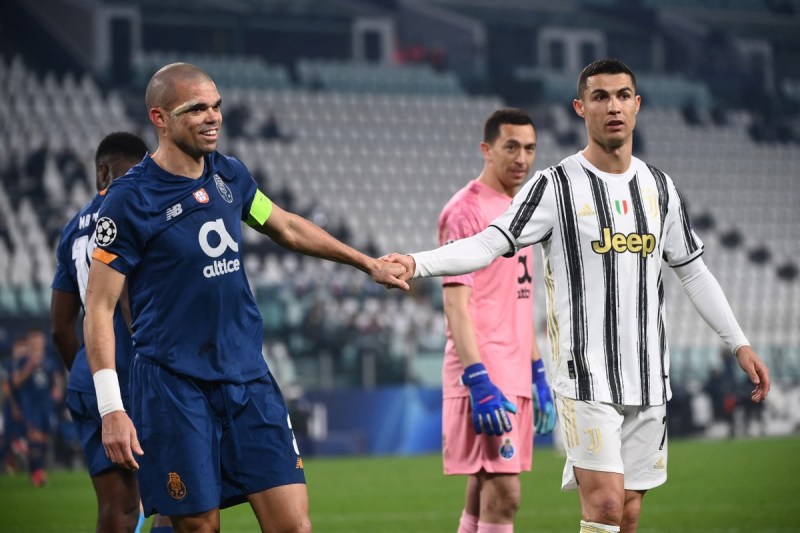Vincent Kompany was Bayern Munchen’s surprise choice at the start of the 2024/25 season as the German giant was in the position of having to hire a new manager and needing to fix one of the biggest crises in the club’s recent history. Kompany’s background and tactics, however, made sense.
While trophies, or the kac thereof, will be what defines Kompany’s time in Bavaria, the manager has got off to a surprisingly great start.
Yes, Bayern Munich is back on track, and this is why I am looking at the tactics employed by Vincent Kompany today.
Career Prior to Managing Bayern Munchen
Vincent Kompany has always seemed fated for greatness in the football world. Millions of kids fight to become professional footballers every year. The physical qualities, as well as the work rate and intelligence that Kompany possessed as a youngster, made him one of the most sought-after teenagers in all of Belgian football.
Following successful stints with Anderlecht and Hamburger SV, Kompany earned a transfer to Manchester City, a club about to soon become very rich and ambitious. The central defender won four Premier League trophies at the Etihad and was one of the best players in a Belgium squad dubbed The Golden Generation.
The respect that he enjoyed, as well as the public backing of former manager Pep Guardiola, helped Kompany jumpstart his own managerial career immediately after retirement. He was the first player-manager of the boyhood club, Anderlecht, before getting the opportunity to manage Burnley in the Championship.
Playing an aggressive style of possession football inspired by Guardiola’s City, Burnley earned an immediate promotion to the Premier League but dropped back down the year after.
Kompany was surprisingly still left with a job when the season was over, and even more surprising, it was offered by Bayern Munchen. The Bavarians had identified Kompany’s tactics as the kind that immediately fit their own.
Football Philosophy
Just why would Bayern Munchen risk so much on a young, unproven manager? Yes, a good deal of the decision has to do with the reputation that Kompany enjoys. The Belgian was one of the most respected team captains in recent years, a highly intelligent man, and one of Pep Guardiola’s best pupils.
But it is the tactical philosophy he attempted to employ even as Burnely was facing an inevitable drop to the Championship that made Bayern Munchen pay notice.
Vincent Kompany works to create a team that is comfortable with having possession of the ball. His ideal team can build up slowly and with intent, move comfortably between the lines.
Positioning is an ideal part of the tactic. Players place themselves in a way where they can defend from the front. Ideally, the formation and movement are supposed to reduce space for attacks both on the inside and outside of the pitch. Meanwhile, the positioning is also supposed to offer Kimpany’s team superiority when attacking.
Formations and Adaptability
In his time managing Anderlecht and Burnley, Vincent Kompany opted for a sturdy 4-1-4-1 formation. When attacking this shape easily switched to a 4-2-3-1 with two pivots dictating the rhythm of the gam. This setup encouraged fluid passing, flexibility, and players switching roles and positions during the game.
Since arriving at Bayern Munchen, Kompany has mostly opted to begin in a similarly flexible 4-2-3-1 formation, which gets the best out of defensive midfielders Joshua Kimmich and the teenager Aleksandar Pavlovic.
Bayern Munchen in Defense
Vincent Kompany was brought in to rebuild the Bayern Munchen team, but do it, for the most part, with the players already at the club. Sure thing, the Belgian was allowed to spend more than 50 million Euro each on Michael Olise and Joao Palinha, but the core of the squad was inherited.
Kompany plays with a flat-four defence. He’s been confident enough in his players that he’s sanctioned the transfer of the likes of Matthijs de Ligt or Noussair Mazraoui to Manchester United. Instead, he has given more confidence to the central defensive partnership between Dayot Upamecano and Kim Min-Jae and this has paid off.
In defence, Kompany has instructed his wide players to play more narrowly and be less attack-minded. Alphonse Davies had earned a reputation, in fact, as the most offensive wing-back in the world. Raphael Guerreiro also takes on more supporting duties, with Kompany keen to take advantage of the tackling and passing abilities of the two players.
Bayern Munchen in Attack
Bayern Munchen under Kompany is a possession-based team. While this is in the team’s DNA and this approach is expected, the pace and patterns used by the 2024/25 version of Bayern are proving more efficient than in recent years.
Bayern plays from the back and uses slow, quick passes. This requires great control from all members of the squad. Kompany’s team will particularly enjoy taking risks holding possession in the opposition’s defensive third.
Key to all this has been the tactical deployment of Harry Kane and Joshua Kimmich as well as the players’ undeniable skill.
The England captain is often instructed to drop deeper to receive a pass. This also pushes the opponents’ defence out of possession, as last year’s record proved an unmarked Harry Kane will almost certainly score.
Harry Kane, the Secret Weapon
Kane may only make around 20.5 passes per game. However, he makes 1.4 key passes in a game and is currently the team’s chief assist provider. With Muller and Musiala able to make runs in behind the defence and looking to be serviced by Kane’s passing, Bayern is very dangerous.
Joshua Kimmich has refound his form under Vincent Kompany as well. One of the most versatile high-level players in modern football, Kimmich is able to change roles across the game. His presence, simply said, solves many of Bayern’s biggest issues.
Kimmich opens most games as a defensive midfielder who is able to accurately spray passes to his teammates. He makes nearly 110 passes per every game. These have a success rate of 93.3%. Kimmich averages 2.8 key passes per game and 1.5 crosses.
But Kimmich may also drop deeper to form a defensive trident with Upamecano and Min-Jae. Additionally, when in possession, Kimmich can slide in between half-spaces or make a charging run toward the box, not unlike Granit Xhaka’s role given by Xai Alonso at Bayer Leverkusen.
Harry Kane is once more the team’s main goalscorer. His 90 million Euro transfer was a risk that paid off excellently. Bayern is outperforming its xG, except for Kane, which gives hope that this return will be manageable.
Build Up Phase
Vincent Kompany, like Pep Guardiola, wants to make the best use that he can of space and of his players’ ability to control possession.
This is why it is not uncommon for Davies and Guerreiro to tuck in and move toward midfield when Bayern is building up. It’s also not uncommon to have Manuel Neuer, one of the world’s best ball-playing goalkeepers still, advance between the two central defenders.
When playing against an opposition team which likes to sit narrower, Michael Olise and Serge Gnabry will move wider in order to create width. Then, when having the upper hand, Davies and Guerreiro may may underlapping runs.
Joshua Kimmich may also move into the half-space. And while Harry Kane has the tendency to drop deeper to receive the ball, Thomas Muller or Jamal Musiala will look for space in behind the opposition’s defensive line.
What Are Bayern’s Problems Under Kompany?
While, for the time being, Bayern Munchen has returned to the top of the Bundesliga, there have been some signs of weaknesses. Better-equipped opponents will try to take advantage of these.
First of all, Bayern is a team that uses what can be described as gegepressing. The aggressive approach to winning back the ball is high risk and high reward, of course. When opponents managed to play in between the team’s press, Bayern was in trouble.
Also, Kompany likes to use a box midfield and overflood the central areas with players. Attempts to stop attacks in wider areas, as was intended, haven’t always worked making Bayern vulnerable there.
Finally, the fact that Neuer can join the central defenders and remain high up the pitch means that Bayern is often exposed to quick counter attacks.
What is next for Kompany and Bayern?
Vincent Kompany’s Bayern Munchen plays entertaining football. The team can outscore most opponents, and this style gets the best out of some players like Kane, Kimmich or Musiala.
Kompany has done enough to prove that he is not out of his depth here. This is despite the fact that he is a young manager who has never coached at this level.
But, as we all know, Bayern’s success is measured in trophies, and its failure is measured in its failure to win the most important cups. Only this will legitimize Kompany’s tenure regardless of how well the team has played in some matches.





